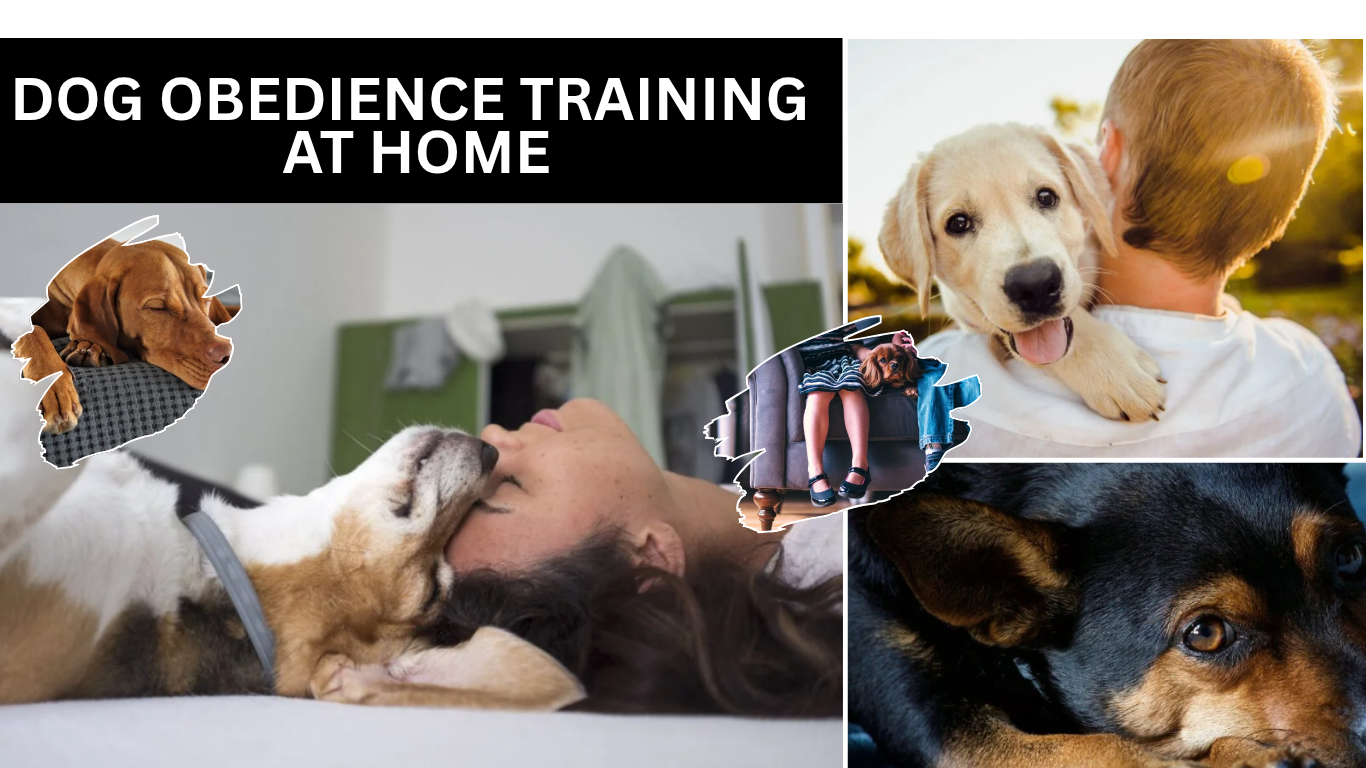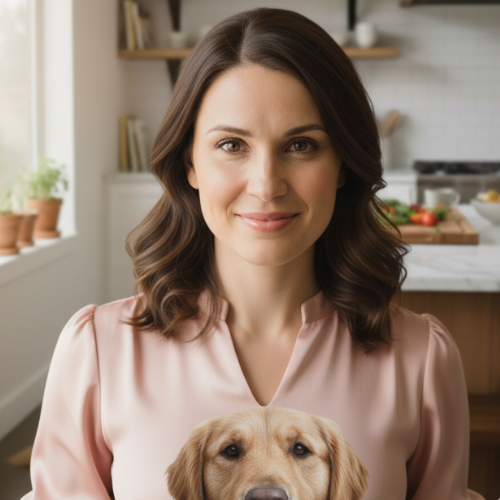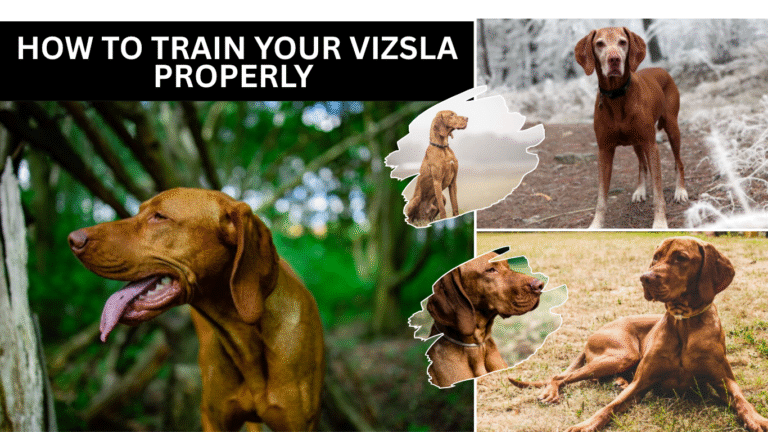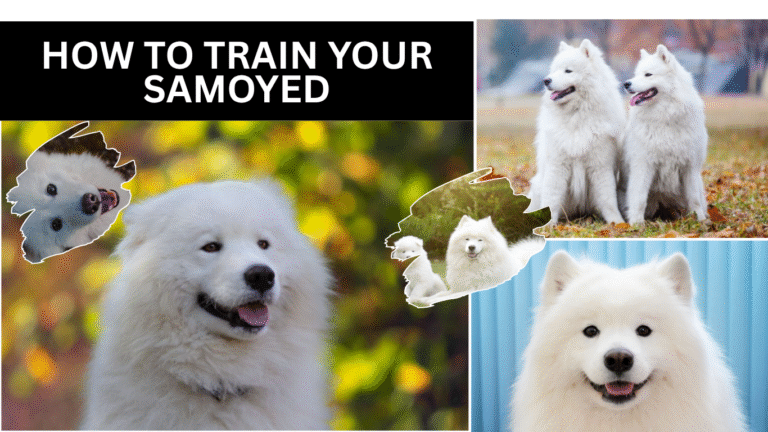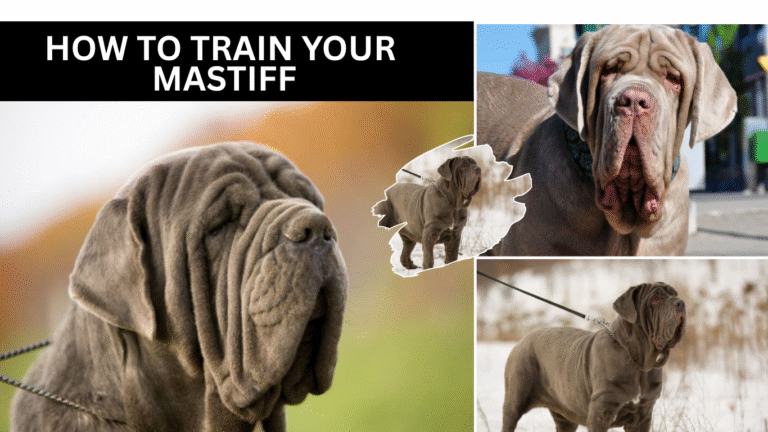Dog Obedience Training at Home: How to Train Your Pup Properly
Training at home gives you full control over the setting, so you can manage noise, distractions, and timing. Your dog is more relaxed in a familiar place, which helps them pay attention better. It also saves money while teaching your dog to follow your guidance instead of relying on a trainer.
The Basics of Dog Obedience Training at Home

Before using specific methods, it helps to create structure and steady routines. Staying consistent and guiding your dog in a calm and positive way builds trust and makes learning easier. Being a clear leader—without being harsh—sets the tone for better training.
Positive Reinforcement—AKA, Make It Worth Their While
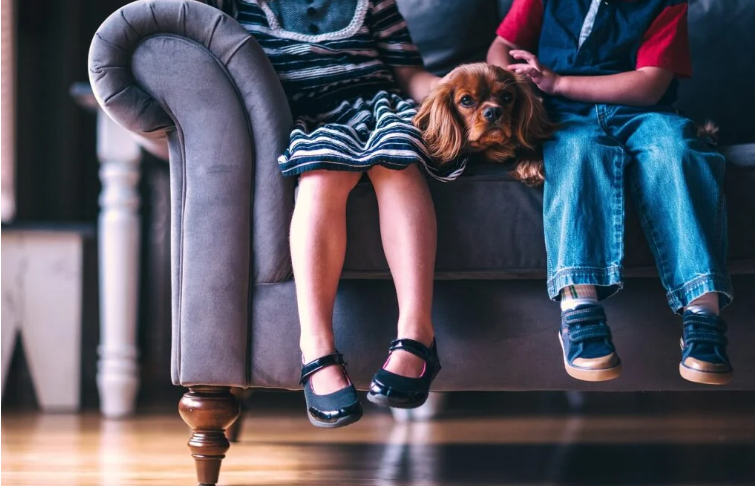
Rewarding good behavior works far better than reacting to mistakes. Treats, praise, and attention help your dog understand what you want. Focusing on what they do right keeps training upbeat and avoids confusion.
Keep Commands Simple and Clear

Short commands are easier for dogs to follow. Teaching basics like sit, stay, down, and come becomes smoother when you keep instructions brief and pair them with immediate rewards.
Short, Fun Sessions—Because Dogs Get Bored, Too

Most dogs learn better in short bursts. Quick sessions spread throughout the day help them stay focused and prevent frustration. Making training playful keeps their interest high and reinforces what they’ve practiced.
Training Techniques for Obedience
Once the groundwork is set, you can use different teaching methods to shape behaviors, whether you’re working on manners, safety, or simple commands.
1. The “Lure-Reward” Technique

Using a treat to guide your dog into a position helps them understand what you want without pressure. Pairing the action with a command builds a clear connection between the word and the movement.
2. Clicker Training—It’s Like Snapchat, But for Dogs
A clicker marks the exact moment your dog gets something right, making feedback very clear. When followed immediately with a reward, they quickly learn that the sound means they did the correct behavior.
3. The “Nothing in Life is Free” Approach

This method teaches your dog to practice patience and manners before getting what they want. Asking for a simple command before meals, toys, or going outside reinforces that you guide the routine.
Common Challenges in Home Training (And How to Overcome Them)
Training at home is convenient but it also comes with distractions, moments of frustration, and habits that form without noticing.
1. Distractions, Distractions, Distractions
Dogs get sidetracked easily, so starting in a quiet place helps. Once they’re steady with a skill, gradually adding distractions builds reliability in different settings.
2. Lack of Patience
Learning takes time, and dogs often need repetition before things click. Staying calm and sticking with the routine helps them progress even when it feels slow.
3. Reinforcing Bad Habits

Sometimes attention unintentionally rewards behaviors you don’t want. Being mindful about what you respond to helps prevent habits like jumping or begging from continuing.
Final Thoughts of Dog Obedience Training at Home
Training at home strengthens your connection and builds trust. Keeping sessions light, steady, and enjoyable helps your dog learn faster. Every small win adds up, and the progress you make together is rewarding for both of you.

